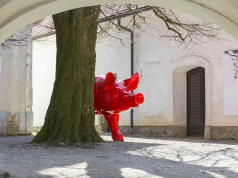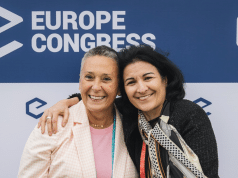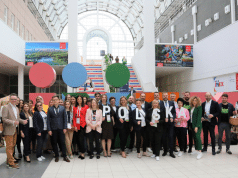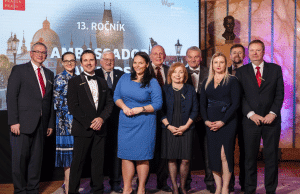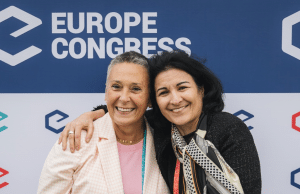T-Systems Slovakia has been a leader in information technology and innovation in Slovakia for a long time. The company cooperates closely with local academic and national institutions, which allows the company to analyze the current situation and apply new technologies based on the region’s position.
Recently, the company has been focusing on its competencies for new and interesting knowledge. They have also introduced T-Systems Slovakia to the local market in a different light, which will increase the competitiveness and flexibility in their operations.
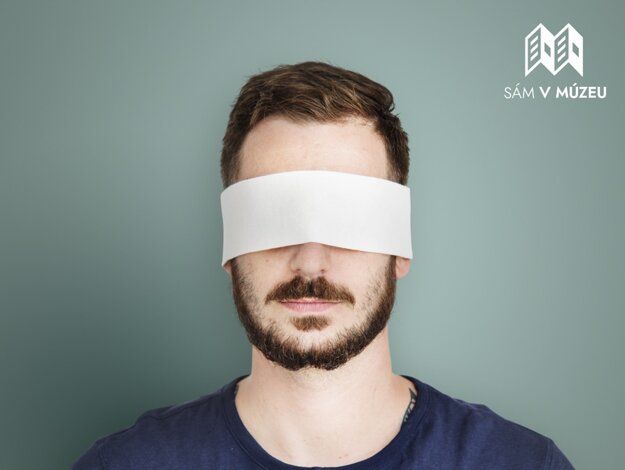
The story began in 2017 at T-Systems Hackathon, a regularly organized event in Košice. A group of students (Filip Hudzík, Veronika Matejová, Marek Haluška) came up with an interesting idea of using technology to help people with visual impairment. They dealt with the possibility of applying the solution using beacons within the city, but they narrowed the span to the talking navigation system, which eases the movement in a space for people with visual impairments, explained Filip Hudzík.
In the competition, the project was a great success and the idea of helping people with visual impairments by using the IoT solution inspired the company management to welcome the students in the company and support this activity. This idea was captured by the City of Tevelopers community, which merges developers from the whole company with Innovlab Košice. During the preparations of the project, EIT Health decided to support the idea.
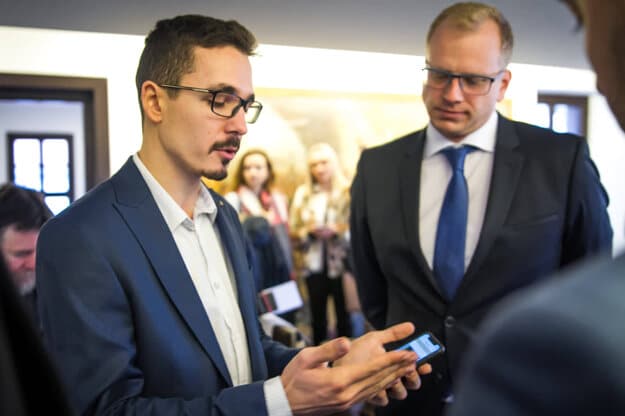
The essence of this project involves development and research in the healthcare field, namely the implementation of a network of sensors, such as location beacons as integrated navigation and a mobile app that serves as an active aid for people with visual disabilities, based on the Minimum Viable Product.
For proper validation of this product, they have established cooperation with the East Slovak Museum and the Slovak Union of Blind and Partially Sighted. The product’s placement and implementation were defined in the permanent exhibition Rodošto.
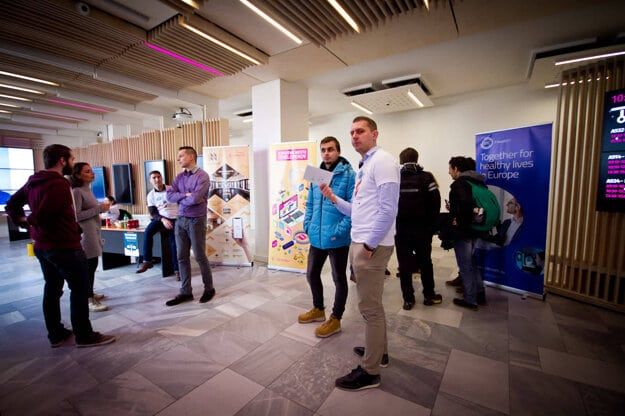
Marek Haluška stated that the result of the first meeting with both parties was also something that surprised them – blind and partially sighted people are really skilled in using their cell phones, they use the voice assistants and also know how to use standard applications. One of the first requirements was to develop a standard application with special features that could be helpful in operating the application. The product was successfully handed over to the East Slovak Museum according to the plan.
Veronika Matejová said that this is an application that starts working as soon as you enter the premises of the museum. It can be used by all visitors, because the history of the museum and exposition tell a story in an interesting and playful way.



